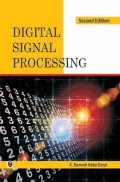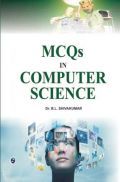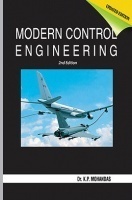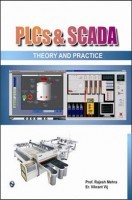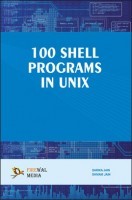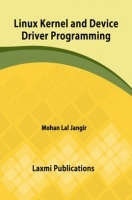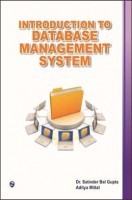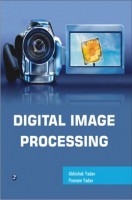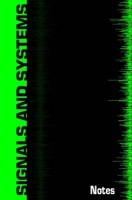This book is a complete guide to data and computer network communication. The book covers all networking layers in detail. First it places emphasis on the physical layer, which has been the high growth area of hardware and computer networking and communication.Also at top layer, indeed, many of the recent revolutions in computer networking including the Web, audio and video streaming and content distribution have taken place at the application layer. In preparation of first edition of this book, we believed that the application layer would remain the highest “growth area” in the field, both in terms of research and actual deployment.
The intervening years have unquestionably shown this to be true. An early emphasis on the application layer issues differ from the approaches taken in most other texts, which have only a small (or non-existent) amount of material on network applications, their requirements, application layer paradigms (e.g., clients/server) and the application programming interfaces.
This textbook is for a list course on computer networking. It can be used in both Computer Science and Electronic Engineering departements. In terms of programming languages, the book assumes only that the student has experience with data computer network communications.
Although this book is more precise and analytical than many other introductory computer networking texts, it rarely uses any mathematical concepts that are not taught in high school. The book is therefore appropriate for undergraduate courses and for first-year graduate courses. It should also be useful to practioners in the telecommuncations industry.
The main features of the book are as follows:
The book contains a large number of examples, exercises and figures, which should enhance its suitability for class room instructions some of the exercises are theoretical and practical in nature and supplement substantially the main text.
PART 1 : COMPUTER COMMUNICATION AND NETWORK BASICS
1. Overview of Computer Communication and Networking
2. Network Models
PART 2 : PHYSICAL LAYER
3. Data Transmission Signals
4. Multiplexing and Switching
5. Transmission Media
6. Telecommunication
7. Cable Television
8. High Speed Digital Access-Sonet
PART 3 : DATA LINK LAYER
9. Data Link Layer
10. Error Control
11. Data Link Layer Protocols 12. Channel
PART 4 : THE MEDIA ACCESS CONTROL SUBLAYER (MAC)
13. Medium Access Control (MAC)
PART 5 : LOCAL AREA NETWORK (LAN)
14. Ethernet
15. Token Ring 16. Bluetooth
17. Virtual LAN (VLAN)
18. Wireless Transmission
19. Frame Relay
20. ATM (Asynchronous Transfer Mode)
21. Fiber Distributed Data Interface
22. Integrated Services Digital Network (ISDN)
23. Switched Multimegabit Data Service
PART 6 : NETWORK LAYER
24. Network Layer Overview
25. Internetworking
26. Routing Basics
PART 7 : FLOW AND CONGESTION CONTROL
27. Flow Control Basics 28. Bridge Basics
PART 8 : TRANSPORT LAYER
29. Transport Layer Protocols
PART 9 : PRESENTATION AND APPLICATION LAYER
30. Application Layer APPENDICES NETWORK TERMINOLOGY GLOSSARY INDEX







